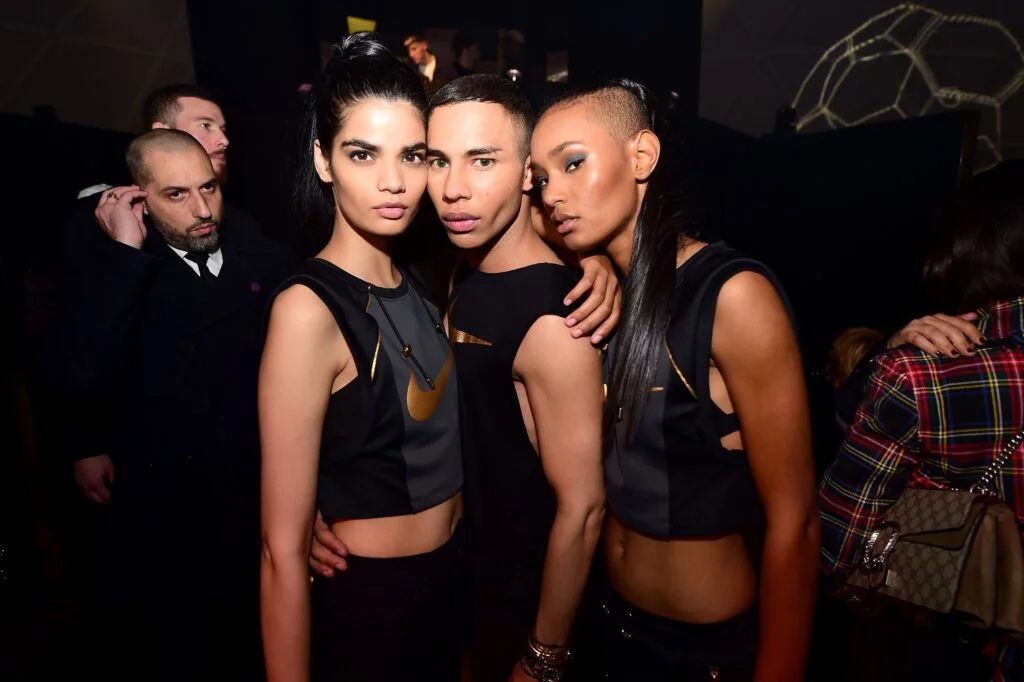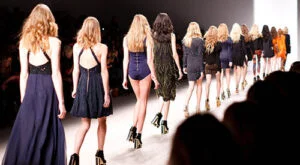Fashion and Diversity: Celebrating Differences in Style
Fashion has long been a way for people to express themselves and their individuality, but it hasn’t always been inclusive of all identities and bodies.
In recent years, however, the fashion industry has made significant strides towards inclusivity and diversity, recognizing the importance of representation and reflecting the true diversity of their audience.
Historically, fashion has been known for the perpetuating narrow beauty standards and excluding marginalized groups. However, the rise of social media and the influence of a more diverse and vocal consumer base have forced the industry to reassess its values and approach to design. Consumers are no longer content with fashion that caters to a narrow set of standards, and brands are responding by expanding their offerings and embracing inclusivity.

One of the most significant changes in the fashion industry has been the rise of inclusivity in sizing. In the past, many brands only offered clothing in limited sizes, leaving many people feeling excluded from the industry. However, in recent years, more and more brands have started to offer extended sizing options, recognizing the importance of inclusivity and catering to a wider audience.
This trend towards inclusivity has been driven, in part, by the rise of body positivity and the realization that everyone deserves to feel confident and comfortable in their own skin. Brands such as Universal Standard, Torrid, and ASOS have all made strides towards inclusivity in sizing, and consumers have responded positively to these changes.
In addition to inclusivity in sizing, there has also been a growing recognition of the importance of diversity in representation. Historically, the fashion industry was known for perpetuating narrow beauty standards, with a focus on white, thin, and conventionally attractive models. However, in recent years, there has been a push for more diverse representation on the runway and in advertising campaigns.
Brands such as Savage X Fenty and Chromat have been leaders in this space, making a point of including models of all shapes, sizes, and skin tones in their campaigns. This approach has not only been praised for its inclusivity, but it has also been successful in terms of sales, proving that diversity is not only the right thing to do, but it’s also good for business.
The importance of diversity in fashion can be seen in the success of brands such as Fenty Beauty, which was founded by musician Rihanna with a mission to create makeup products for all skin tones. Fenty’s inclusive approach to beauty has been widely celebrated, and its success has shown that catering to a diverse range of customers is not only the right thing to do, but it’s also a profitable business strategy.
The rise of inclusivity and diversity in fashion has not only been driven by consumers but also by designers and brands. Many designers have recognized the importance of inclusivity and have made a conscious effort to create designs that cater to a wider range of customers.
For example, designer Christian Siriano has been a vocal advocate for inclusivity and has made it a point to feature models of all sizes and identities in his shows. He has also been praised for his work in creating masks and PPE for frontline workers during the COVID-19 pandemic, showing that inclusivity and social responsibility can go hand in hand.
Inclusivity and diversity in fashion are not just about catering to a wider range of customers, but they’re also about creating a more inclusive and welcoming industry that celebrates the uniqueness of all individuals. By embracing diversity and reflecting the true diversity of their audience, fashion brands can create a more inclusive and welcoming space that celebrates the individuality of everyone.
In conclusion, fashion is a reflection of society, and diversity is a key part of that reflection. By embracing diversity, the fashion industry is creating a more inclusive and welcoming environment. This is allowing everyone to express themselves through their style and to celebrate their differences.
The fashion industry is changing to embrace diversity and inclusivity. Designers and brands are embracing different body types, skin tones, and sizes in their collections. This is helping to create a more diverse and inclusive fashion landscape, and allowing everyone to express themselves through their style.
Image Source : Elle







